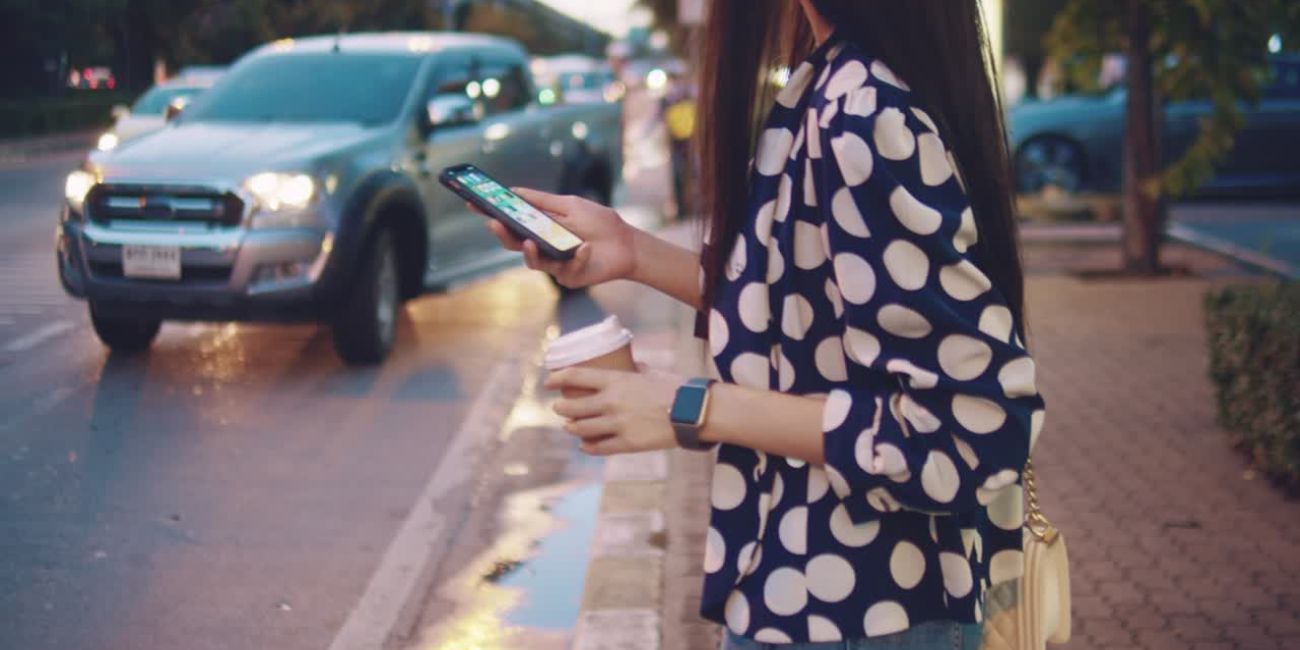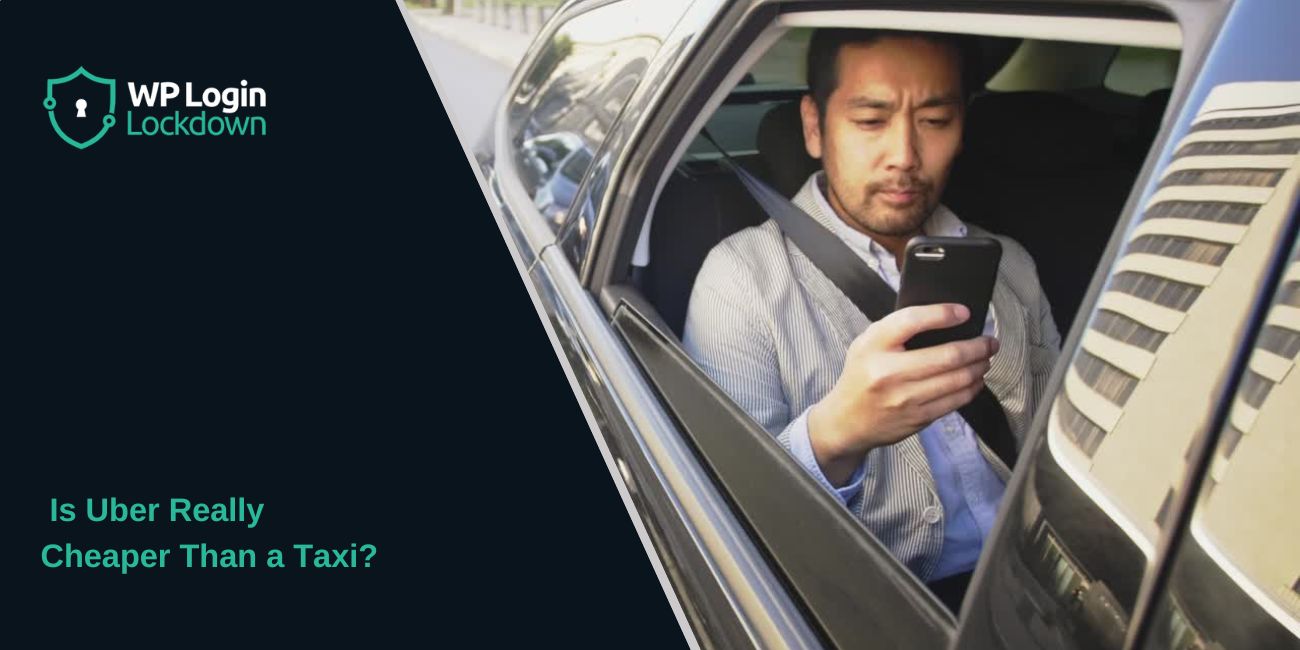Many people think Uber is cheaper. That’s not always true. Sometimes it is, sometimes it’s not. It depends on the time, distance, traffic, and even the weather. Both Uber and taxis use different pricing systems. To determine which one is better for your budget, you need to understand how each one works and when the prices change.
How Uber Calculates Price
Uber employs a pricing model that’s based on several key components. The first is the base fare, which is a starting fee charged when your ride begins. After that, Uber adds charges per mile and minute. The per-mile fee is for the distance of the trip. The per-minute fee is for the time spent in traffic or moving slowly.
Additionally, Uber includes a booking fee, which covers safety and service costs. It’s a fixed amount that varies by city. There’s also surge pricing. This happens when many people request rides simultaneously, such as during rush hour or adverse weather conditions. Surge increases the total fare quickly. Even a short trip can get expensive.
Some rides may include tolls or local fees, which Uber adds to your bill. You’ll also see optional tips. Everything is calculated in the app, and you see the full price before you confirm.
You can always open the Uber app and use their fare estimate tool to see the cost in advance. However, please note that the price may change between the estimate and the actual ride, especially if surge pricing is applied.
Uber’s pricing appears straightforward, but it changes significantly in response to real-time demand.
How Taxi Pricing Works
Taxi pricing is different. It starts with a base fare, just like Uber. However, the price is metered from there. The meter adds cost for both distance and time. So, if you’re sitting in traffic, the fare still increases.
Taxis also charge more if the driver waits too long at lights or in traffic. That’s called waiting time. It can significantly increase the fare during slow traffic or at busy times. Some cities offer flat rates for specific routes, such as the airport to downtown. In other cases, taxis add extra fees for luggage, toll roads, or late-night rides.
The meter doesn’t stop, even if the car isn’t moving. This means taxis often cost more when the roads are crowded.
In short, taxis keep charging as long as you’re in the car, whether you’re moving or not.
Uber vs Taxi: Which Is Cheaper in Different Situations?
 In some cases, Uber is the more affordable option. For short trips, especially in less busy areas or during off-peak hours, Uber often wins. It gives you a flat price before the ride. And if there’s no surge, it stays low.
In some cases, Uber is the more affordable option. For short trips, especially in less busy areas or during off-peak hours, Uber often wins. It gives you a flat price before the ride. And if there’s no surge, it stays low.
But during surge pricing, things change fast. If you’re riding during rush hour, during bad weather, or after a big event, Uber’s prices can jump two or three times higher. That’s when taxis may be a better deal, especially if they have flat or regulated fares in your city.
Long trips are a bit tricky. Uber may charge more for long distances due to the combination of per-mile and per-minute fees. Taxis, depending on the city, may offer better rates over long distances, especially if there’s less waiting time and no significant traffic.
Then there are airport rides. Some taxis offer a flat fee from the airport to certain zones. This can be cheaper than Uber, which often adds airport fees and may also apply surge pricing if the airport is busy.
So, it depends. Uber is cheaper when the roads are clear and there’s no demand spike. Taxis are more affordable when traffic is bad or if there are fixed-price zones.
Other Costs to Consider
There are small charges that people forget. They don’t seem significant, but they add up fast.
Uber sometimes charges cleaning fees if a mess is made in the car. Even a spilled drink can result in a cost of $20 or more.
Taxis charge for waiting time, which is added when traffic or stoplights are encountered. You may not notice it until you see the total fare.
Tipping is different. Some taxi drivers expect cash tips. Uber includes a digital tip option. This changes the total based on how generous you are.
There are app booking fees too. Uber adds one on every ride, and it’s not part of the base fare. It’s easy to miss.
If you cancel your ride late, Uber may charge a cancellation fee. Taxis don’t charge for canceling, unless you’ve already started the trip.
Every little fee changes the final price. It’s not always just the ride distance.
What Affects Price the Most?
The most significant factor for Uber is surge pricing. It makes the exact trip cost double or more. For taxis, it’s waiting time in traffic. Both services charge more during long delays. Trip distance always matters, but not as much as time and demand. If you have a promo code or discount, Uber gets cheaper fast. That makes a big difference in short rides.
When Uber Is Cheaper and When It’s Not
Uber is usually cheaper for short rides or off-peak times. Use it when traffic is light or if you have a discount. Taxis are more convenient when roads are congested, during busy periods, or when a flat fee is offered, such as for airport pickups. Before booking, always compare fares on the Uber app, taxi estimator, or Google Maps.



